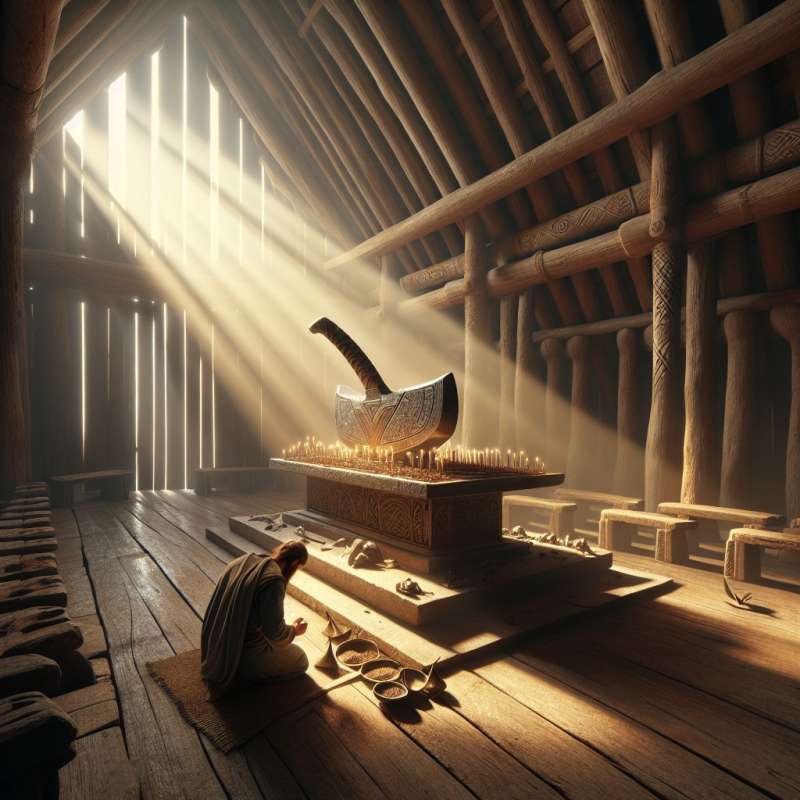
Introduction to Thor
Thor is a central deity in Norse mythology, renowned as the god of thunder, lightning, storms, oak trees, strength, the protection of mankind, and also hallowing and fertility.
Thor's Mighty Lineage
Thor is the son of Odin, the All-Father and king of the Aesir gods, and Jord, the personification of the Earth. His lineage makes him one of the most powerful Norse gods.
Mjölnir: Thor's Hammer
Mjölnir, Thor's iconic hammer, has immense power and symbolizes protection. Created by the dwarven brothers Sindri and Brokkr, it returns to Thor's hand after being thrown and is capable of leveling mountains.
Thor's Arch-Enemy: Jörmungandr
In Norse myths, Thor's primary enemy is Jörmungandr, the Midgard Serpent. It is prophesied that they will kill each other during Ragnarök, the end of the world.
Thor's Chariot and Goats
Thor rides a chariot pulled by two magical goats, Tanngrisnir and Tanngnjóstr. He can consume the goats for sustenance, and they will regenerate if their bones remain untouched.
Thor's Day: Thursday
Thursday is named after Thor ('Thor's day'). In old English, it was 'Þūnresdæg', and in Scandinavian languages, the equivalent to Thursday still directly translates to Thor's Day.
Worship and Temples
Thor was widely worshipped, with temples dedicated to him across the Norse world. His hammer, Mjölnir, was a popular amulet worn for protection and to signify allegiance to the god.
Who is Thor's father?
Loki, the trickster god
Odin, the All-Father
Freyr, the god of fertility
Company